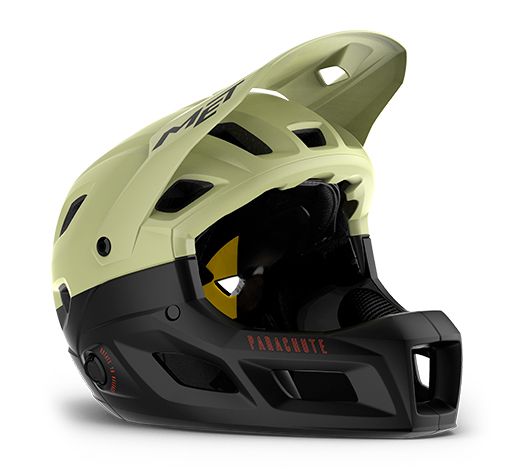Why?
There is a lot of science involved in designing GOOD protective gear. Large chunks of irrationally placed plastic go not equate to good protection. If you want to wear a suit of armour, go for it - but don't be surprised if the restrictions to movement cause more injuries in a crash ( or more likelihood if crashing )
nb I'm not arguing there is anything magical about alpine star or fox - both companies have marketing departments as well as design departments.....
Now, lets take a critical look at the first suit you linked: (call it casual observations from 35 years of motorbike stupidity )
The neck brace is actually a LEVER - a narrow rim that is likely to INCREASE upper cervical injuries! Compare it to the flat platform of a leatt neck brace that restricts upper cervical torsional movement and transfers the forces from the head to non critical ( and flexible) body regions
The shoulder cups protrude so run the risk of catching / providing point impacts with high forces.
Same goes for those elbow guards - and worse they have retaining straps around the widest section of the forearm! ( elbow guards peel / slide back in over the bars falls if they are not secured closer to the wrist , digging gravel out if forearm flaps is almost as unpleasant as having your dog licking your blood from the floor)
Good back braces are flexible so you can move whilst wearing armour. They allow natural movement but still spread impact forces to less critical areas. Turtle shells come to mind when I look at that version.
Now, on a more constructive level - if I knew I was going to crash, I'd be wearing a leatt neck brace and leatt soft shell armour
https://www.leatt.com/shop/bike/pro...df-soft-shell/body-protector-3df-airfit2.html
I may not look as chunky as the knight in black plastic turtle neck , but I like the idea of protection from a company that has grown from a trauma surgeon watching his son crash motorbikes.


